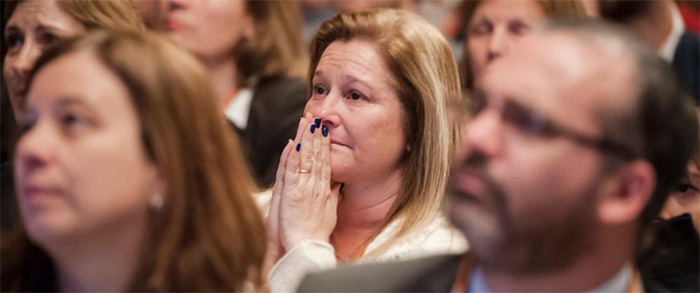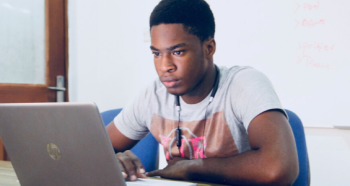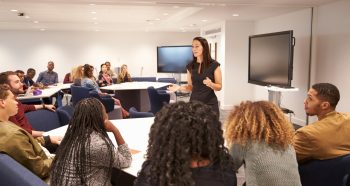Every year, during the first weekend in September, the ESSARP Conference takes place in Buenos Aires, Argentina. ESSARP (English Speaking Scholastic Association of the River Plate) is our Associate in Argentina, and their conference is attended by a growing number of delegates from different countries each year. In 2016 there were over 600 delegates from all over Argentina, as well as from Brazil, Chile, Colombia, Mexico, Peru, UK and Uruguay. We are the conference’s main sponsors.
I always look forward to this conference. It is one of the highlights in my professional development calendar each year, coming as I do from the world of teaching. It keeps me up to date with new ideas about education and connects me with longer established theories about teaching that form the basis of solid educational practices. I enjoy thinking about these ideas and practices so that when I visit schools, I can share what I’ve learnt with them.

The theme of the conference this year was Learning as a Journey, and we had the privilege of listening to a number of knowledgeable and well-respected speakers. Erin Gruwell kicked things off with an inspiring presentation about how she helped 150 of her students, many of whom had been written off by the education system, to write a book, graduate from high school and attend college. Talk about being a catalyst for change! I also really enjoyed Ian Gilbert’s presentation, which provided a practical introduction on how to get both teachers and students to think creatively. James Reilly – a former NASA astronaut – presented twice during the conference: about the value of sending humans into space, and about whether STEM education is dead. He posed a number of questions that stimulated debate including, how can we help children to become more interested in science, technology, engineering and maths? The key seems to come down to making STEM relevant and personal to the student. The challenge is how we go about doing this.
 Our Director of Education, Tristian Stobie, also spoke at the conference. His presentations reflected on what we know about the teaching and learning practices that encourage life-long learning. In particular, he spoke about metacognition, and how studies support that teaching students to reflect and talk about their learning processes improves learning itself. He also reminded teachers that it was important to help young learners to understand the value or persistence.
Our Director of Education, Tristian Stobie, also spoke at the conference. His presentations reflected on what we know about the teaching and learning practices that encourage life-long learning. In particular, he spoke about metacognition, and how studies support that teaching students to reflect and talk about their learning processes improves learning itself. He also reminded teachers that it was important to help young learners to understand the value or persistence.
There were so many good ideas being discussed at the conference but here are my top 10.
- Metacognition and the importance of making students talk about the learning processes: making learning an object of attention, of conversation, of reflection and of learning.
- The higher order thinking skills which our students need for their future in higher education and the world of work.
- Helping learners to be confident with uncertainty – there are no ”right” or ”wrong” answers.
- ‘Our job as teachers is not to teach; it is that students learn’ (I loved that!)
- Happiness is the ideal state for learning to take place.
- Bring laughter back into the classroom.
- Innovation demands that we take risks, that we make mistakes, that we fail…and try again!
- Plan, brief, execute, debrief…and PLAN again!
- Teach for understanding, not for coverage.
- What should the digital future look like? What can each teacher do better to include it in their daily practice?
On a final note, I want to mention Erin’s closing presentation, Nurturing the Leader Within. She invited us to make a ”Toast for Change”, reminding us all that the teaching profession allows us to make a real difference in the lives of our students. It was an intensely moving speech which had most of the audience in tears because she illustrated so clearly that everyone has the power to embrace change and empower young minds in their schools and communities.
How are you embracing change and empowering your students?
Images courtesy of Luis Timisky





